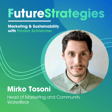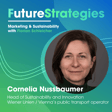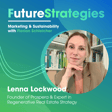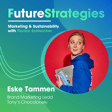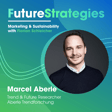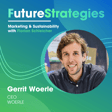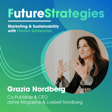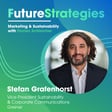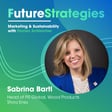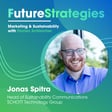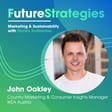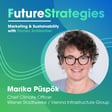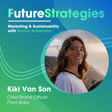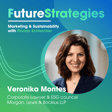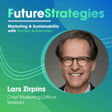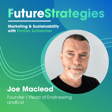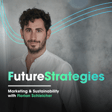
🐘 How do we change behaviour (sustainably)?
You are listening to the Summer Edition of the FutureStrategies Podcast - A show about where marketing, strategies and sustainability intersect. I am currently taking a break from interviews. So you will get 5 short episodes over the summer, where I will lead you through the most read postings of my newsletter. Interviews will be back in autumn 2024.
And this posting about changing behaviour with all links is right here.
About the FutureStrategies podcast and your host:
I’m Florian Schleicher, a marketing strategist. I help brands gain clarity, spark momentum, and turn strategy into something that actually moves people. In 2022, I started my marketing studio FUTURESTRATEGIES. to do exactly that. I currently work with corporate clients from 11 countries.
If you want more, check out my FutureStrategies newsletter – weekly inspiration on marketing, strategy and sustainability.
And if something’s blocking your brand from doing its best work, let’s talk.
